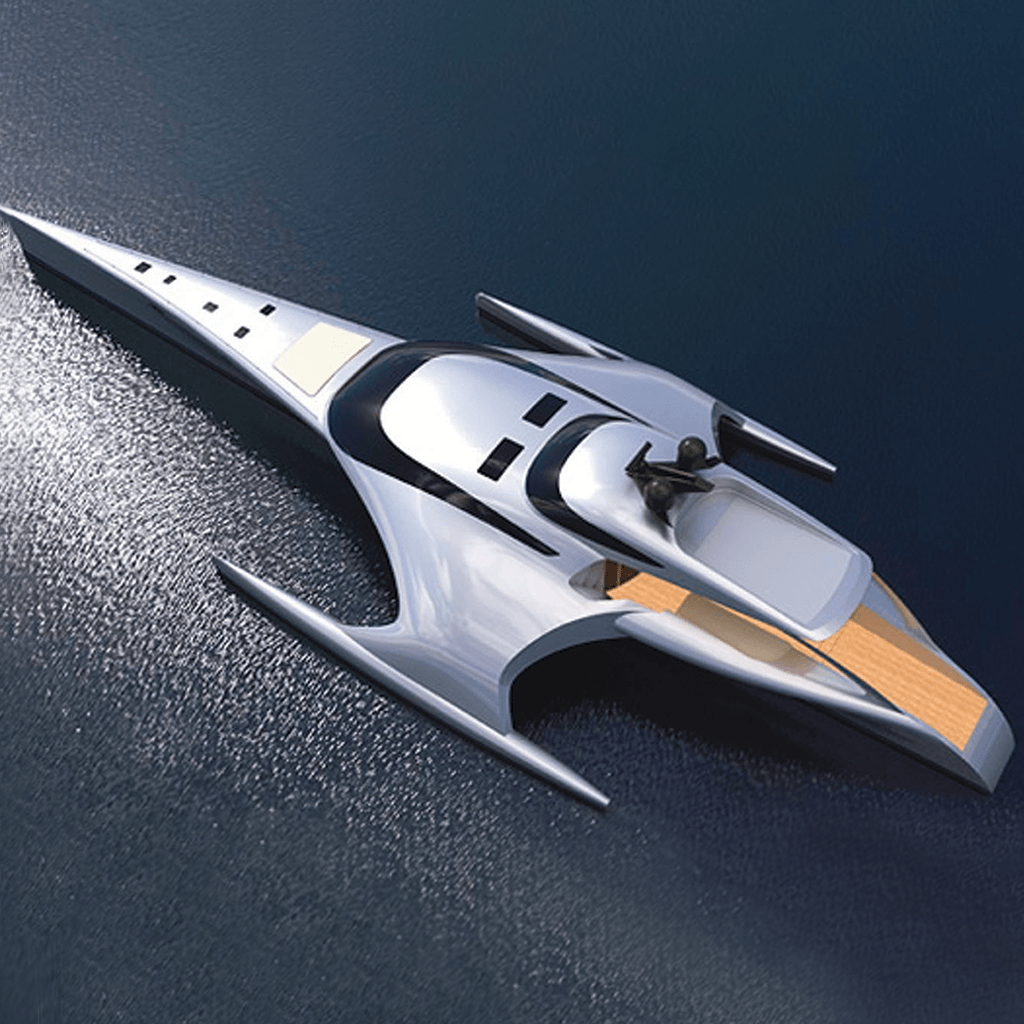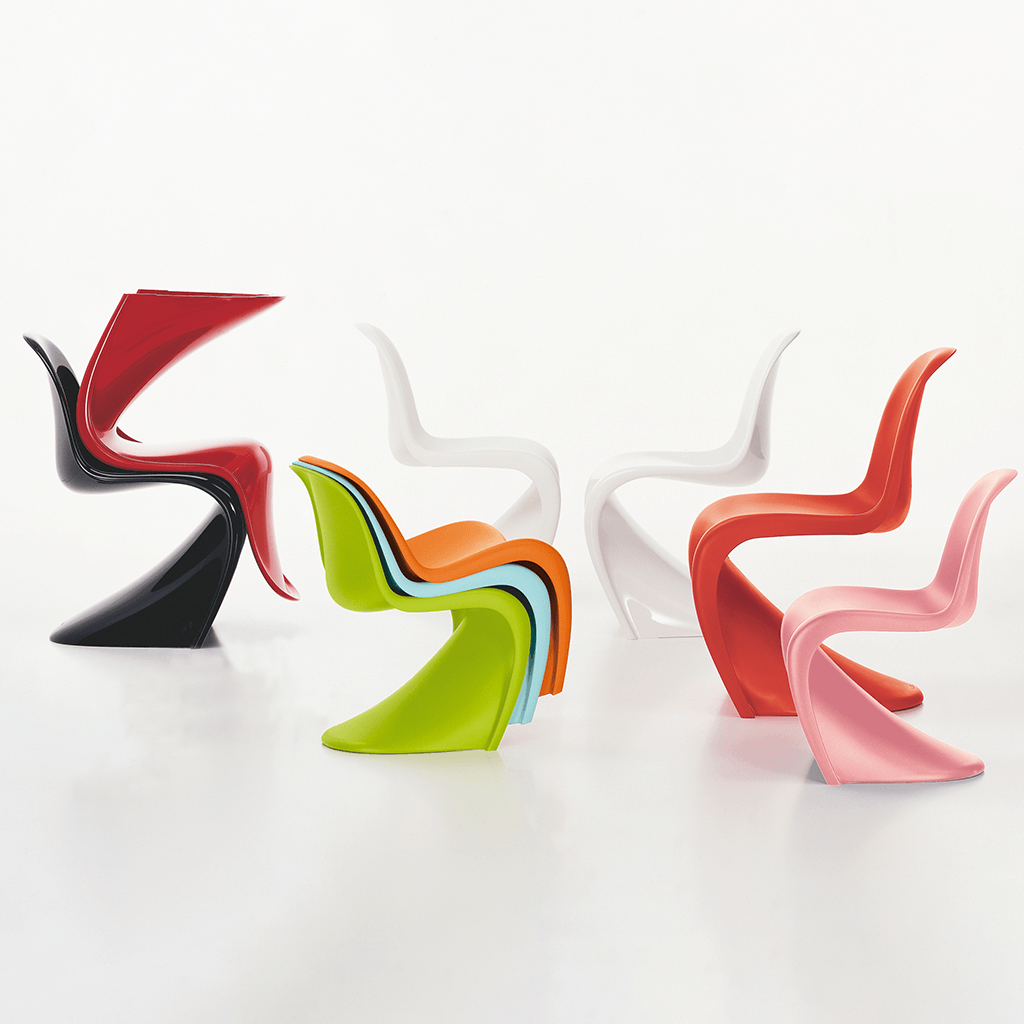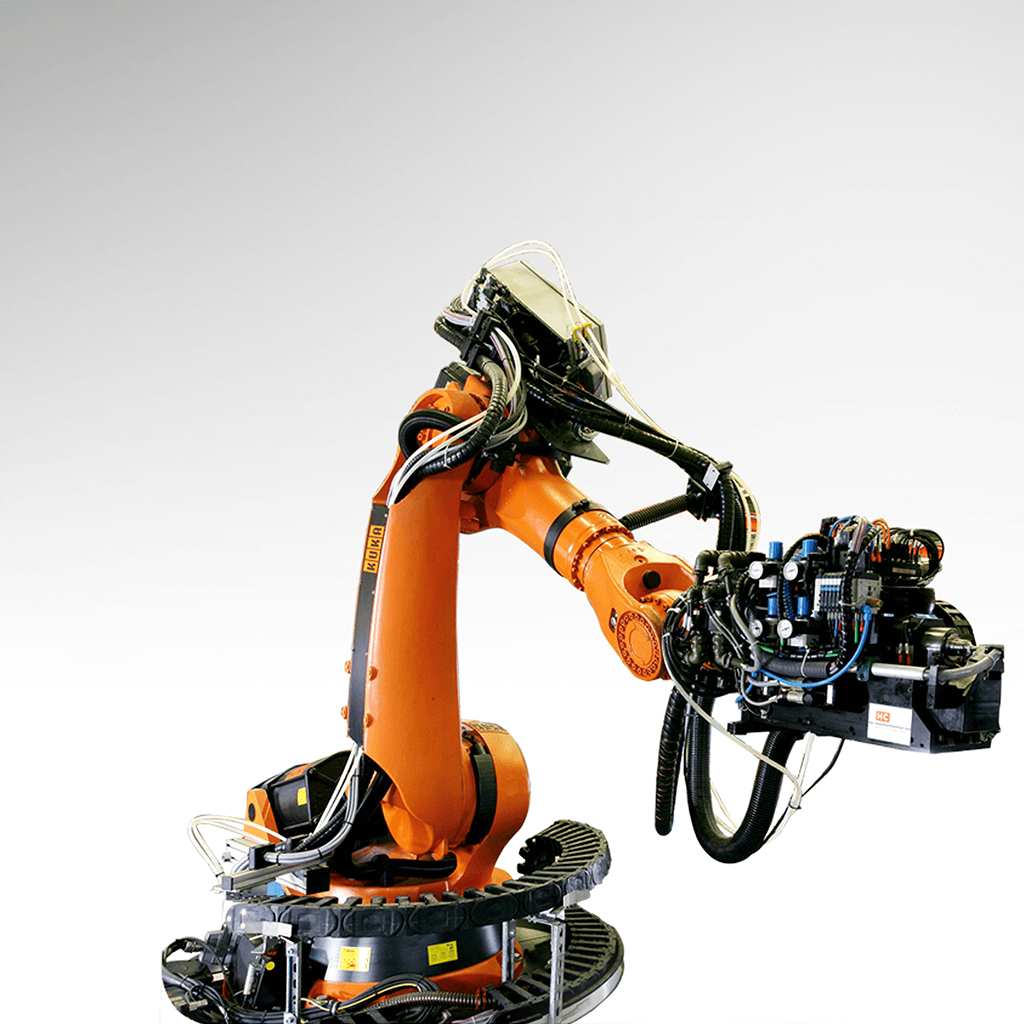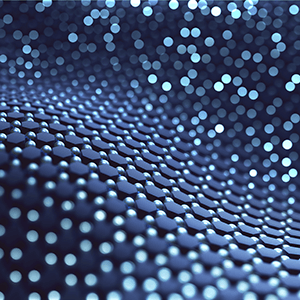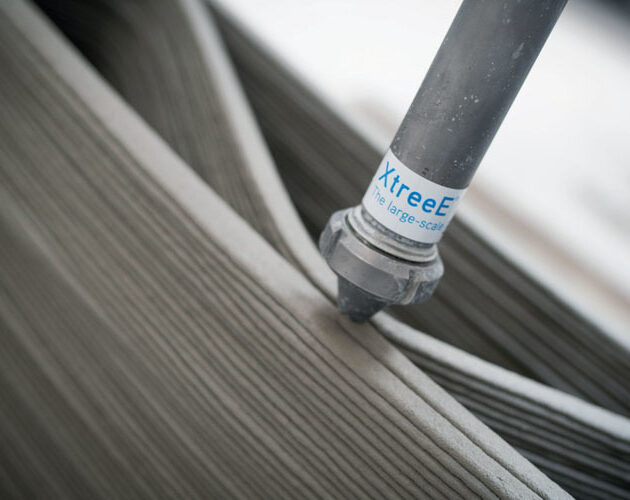3D-printed fibre-reinforced concrete: a new era for the construction industry?
After having radically transformed many sectors like automotive and aeronautics, digitisation and 3D printing has set sights on revolutionising construction. Today, regulations prohibit building with non-reinforced concrete. This excludes existing additive processes, unless when used for masonry or lost form. XtreeE, CNRS and École des Ponts ParisTech have united to rectify the situation, by developing a new type of 3D-printed material using long fibres as reinforcement. This article has been published in the JEC Composites Magazine N°155.

The building and public works sector is heavily reliant on reinforced concrete. Reinforced concrete requires formwork, however, and its implementation is long and painstaking. Moreover, its carbon footprint is quite large and represents 2.5% of all CO2 emissions in France.
And yet an alternative already exists – in the form of fibre-reinforced concrete that uses short metal, glass, plastic or even wood fibres. This alternative offers superior resistance to stress and great tensile strength. But the cost to produce it remains high. In addition, fibre-reinforced concrete as manufactured currently incorporates, at best, three to four percent fibres. This percentage is insufficient for use in truly structural applications.
Fibre-reinforced concrete ready to hold the flame
That’s where French company XtreeE and its research partners come in. This large-scale 3D printing specialist, together with École des Ponts ParisTech, and the CNRS, have come up with a solution. 3D printing and robots have changed the game by making it possible to produce concrete with a fibre content that is much higher than those currently being produced.bSuch a material can be used to build structures that are more resistant: to stress and bending, to wear and tear, to impact, fire, and abrasion. It also harnesses the best that 3D printing has to offer in terms of design: freedom of form and reduced quantities of materials.
More than just a material, XtreeE’s product is actually a new process: co-extrusion of a material with a cement matrix and fibres. This project is perfectly in step with the transformation currently taking place in the construction industry. It aims to speed up the transition from mass concrete structures, which have not been optimised, to ones in thin or hollow-core concrete. XtreeE aspires to provide architects, engineers, and other construction industry stakeholders a brand-new solution that is reliable and sustainable… And at a controlled cost, to boot –to meet the economic and environmental challenges that the industry faces.
Hand-in-hand to innovate and bring transformations
In 2016, a foundation was laid to begin developing a printing process for long fibre-based concrete –the mineral version of fibre-reinforced plastics (FRP). Up to that time, none existed. For this purpose, in conjunction with CNRS, XtreeE is co-financing a thesis on the process. An XtreeE employees is working on their PhD on the topic at École des Ponts ParisTech in parallel to their job.
As of 2019, an extrusion head was provided to the Navier laboratory through a project called Build’In, with the goal of testing fibre properties, examining sustainability, and conducting experiments. The project came about following École des Ponts ParisTech’s reflection on the construction sector’s environmental impact.
Since that time, the research has led to development of a plug-in specific to 3D printed fibre-reinforced concrete. The plug-in, when installed to the printer head, enables concrete with a cement matrix and fibre reinforcement to be printed by means of a co-extrusion system. The subsequent material contains a percentage of fibres around three to four times higher than current fibre-based concretes. The material produced by this system has a strength equivalent to that of reinforced concrete. The plug-in has been installed to the 3D print head at the Build’In platform and the one at XtreeE’s FabLab in Rungis (Figure 1).

To put it simply, to produce long fibre-reinforced concrete, a spool unwinds a variety of continuous fibres as the machine prints. These fibres are made up of microscopic filaments wound into strands – which in and of itself represents a significant innovation. Different fibre types have been studied. In particular, carbon, glass, and basalt fibres that meet certain specifications for the desired level of resistance were examined. Nevertheless, the scope of research has been deliberately narrowed to focus on carbon fibre, a material for which it is easier to obtain approval and gain acceptance on the construction market.
The composite concrete produced with carbon fibre is anisotropic. It possesses intrinsic tensile strength and durability, without necessitating combination with other materials, like steel (Figure 2). The main concern with reinforced concretes is actually that the steel used as reinforcement corrodes. Concrete carbonation induces corrosion, and affects the durability of such materials. No longer having to use steel rebar allows users to steers clear of any corrosion-related problems.

Ultimately, XtreeE would like to design systems for reinforced printed structures like complex structures, parts for assemblies, lightweight cladding and coverings, and optimised flooring and crossings. It is also possible to envision replacing mass concrete structures with thin or hollow printed structures. These systems would enhance XtreeE’s catalogue for its ‘printing-as-a-service’ platform that gives access to a set of certified products as well as digital assistance tools to facilitate architectural design and creation of 3D-printed parts.
So far, a proof of concept has already been completed, demonstrating tensile strengths along the same lines as for reinforced concrete. Industrial prototype development is planned for 2024, with commercialisation to take place by the end of the same year.
An alternative with many advantages
The XtreeE solution presents several advantages. The first, and a good one at that, is environmental. When less material is consumed, the carbon footprint is smaller. Manufacturing large quantities of concrete releases quite a lot of CO2. Continuous long fibre reinforcement enables savings both in terms of the amount of concrete and the clinker used for a component, thereby reducing its footprint. For example, very hollow-core columns could be fabricated, weighing only one tonne instead of four, but with the same strength.
The second advantage is increased sturdiness. Long carbon fibre-reinforced concrete would lead to more design freedom. This would allow structures to be built with shapes that are better-adapted to withstand natural catastrophes or bad weather. What’s more, freedom of form appeals to architects, who are taking to 3D printing technology more and more. The third and final advantage is financial. Less material is wasted, since the print head was developed to optimise shapes and therefore to use less. This level of precision is the result of a multitude of sensors in the print head. These sensors allow the quantity of cement and water to be controlled, and at the same time, produce very strong concrete. As the long fibre concrete solution requires only a fraction of the amount of material as reinforced concrete, costs are lower.
High ambitions to match high stakes
In order to achieve the aim of responding to the challenges of the construction industry, ongoing research must lead to optimised, decarbonised components. Such components are customisable and cost less – or at least the equivalent to those produced conventionally when all direct and indirect costs have been accounted for. But beyond this new process, XtreeE has a broader ambition: industrialising an industry in which productivity has not improved since the 60s, in spite of the fact that the needs and constraints continue to increase. Construction has become more and more complex, particularly because of the new environmental standards. At the same time, the necessary workforce is less available.
And yet, thanks to recent progress in the digital sector (simulation, production, organisation, etc.), it has never been easier to fabricate parts on demand. This in turn should facilitate adoption of 3D printing for construction. To accelerate development of a 3D printing ecosystem and digitisation of building, XtreeE, which has already rolled out 17 units based on its 3D printing technology, intends to create a network of more than 50 units worldwide by 2025. A funding campaign is currently underway to bring this dream to fruition.
Want to read more articles?
Subscribe for free now and access to the JEC Composites Magazine N°155.
Available in print, digital and via the mobile application.



